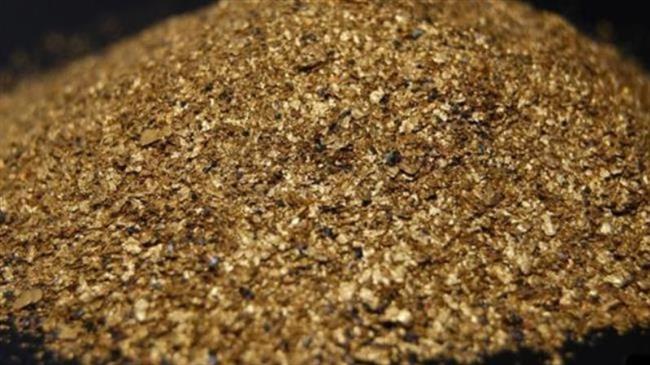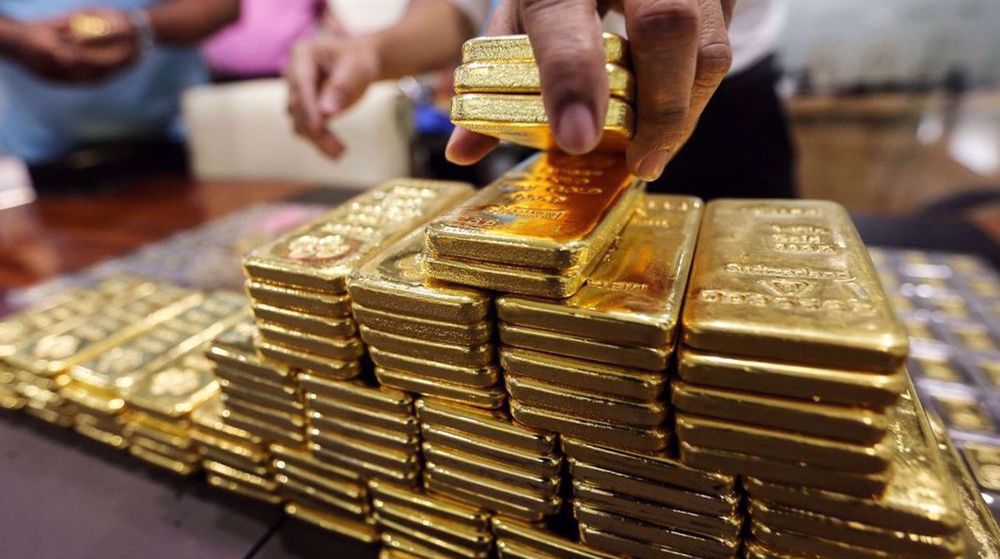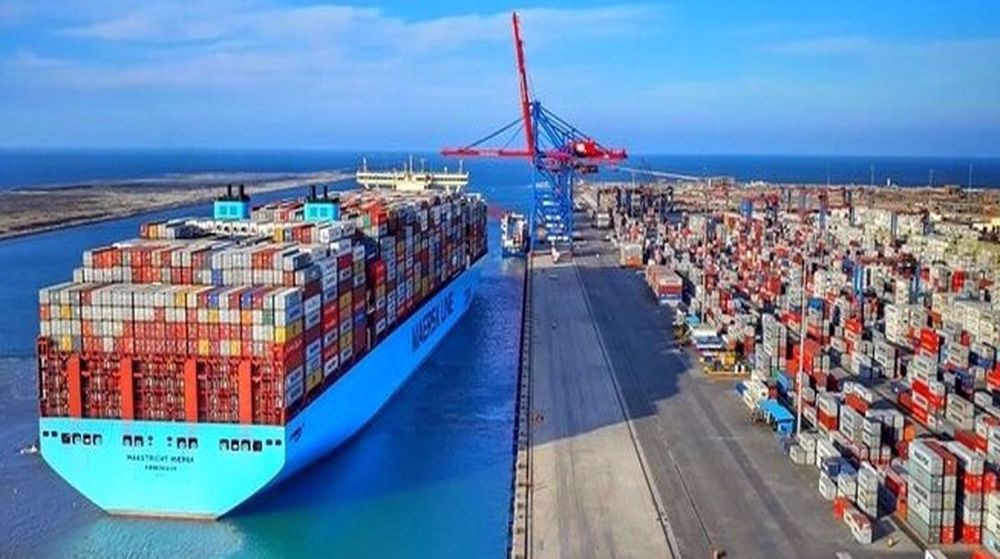Seeking a niche in market, Iran hosts top gold producers
Iran is among the world’s top seven gold and jewelry makers, but it has to work its way through the ranks to win a position as an exporter, the head of Tehran International Exhibition Center says.
The capital Tehran is currently hosting Iran Gold Expo to introduce the country’s gold, silver, jewelry and precious stones products to the world and give local producers a chance to get up to date with global markets and value chains.
Head of Iran's Gold and Jewelry Producers and Exporters Union Esfandiar Seifi said 130 companies from Iran, Turkey, Italy, Germany, Britain and Japan are participating in the exhibition held through Feb. 12-15.
“In the field of gold and jewelry making, we are in a favorable position in the world and this exhibition can have a significant impact on export growth,” he told IRNA news agency.
He said Italy, Turkey, India, South Korea, Hong Kong, Thailand and Iran are the top gold and jewelry makers, but Iran is working to improve its position among the exporters.
Iran has stepped up production of precious metals to cushion its economy against the effects of new US sanctions which have triggered a flurry of panic buying of gold by some citizens.
According to officials, the country has revitalized small-scale gold and copper mines in the provinces of West and East Azarbaijan, Isfahan and South Khorasan.
The US decision in May 2018 to impose sanctions targeting Iran's trade in gold and other precious metals sparked a 200% jump in demand for gold bars and coins, after which the national currency lost more than half of its value.
That year, Iran hanged the “sultan of coins” who had reportedly been caught with 2 tonnes of coins.
The country possesses an estimated 340 tonnes of gold deposits, along with huge quantities of zinc, copper and iron.
According to statistics from the Ministry of Industry, Mining and Trade, there are three standard gold mines with proven reserves of more than 100 tonnes each. Twelve other sites have reserves either close to or much lesser than a standard mine.
However, officials believe many gold mines have not been discovered yet and with more exploration, total reserves of 1,000 tonnes are not unthinkable.
Small-scale mining sites hold the key to the quest. For instance, Muteh mine in the central Isfahan province operated with annual production of 230 kilos for years but it hit record 600 kilos in 2017 after receiving throughput from several smaller mines in the province.
Takab in northwest Iran is the golden hub of Iran, where two of the country’s three biggest gold mines are located, including Zarshuran with 110 tonnes of reserves.
Dubbed as "the golden giant of Iran", Zarshuran is planned to hit a production milestone of 3 tonnes in 2021.
Aq Darreh, also in Takab, operates with 2.2 tonnes of gold a year and Sari Gunay in the western city of Qorveh is being tapped by a Kazakh miner under a 7–year contract for a production plateau of 2 tonnes and ultimately 4 tonnes a year.
'Gaza has won': Social media users react to ceasefire with mix of relief, joy
Iran seeks South Korea’s assistance for AI, fiber-optic projects
VIDEO | Iran's 'Eqtedar' (Power) maneuver
Israel hits HTS military target in Syria for 1st time since fall of Assad
VIDEO | Press TV's news headlines
Israel has slaughtered 13,000 students in Gaza, West Bank
VIDEO | More Zionist than Zionists: Biden’s legacy to be defined by Gaza genocide
Hamas confirms handing approval of Gaza ceasefire deal to mediators











 This makes it easy to access the Press TV website
This makes it easy to access the Press TV website